See our website for more detailed photos: LINK
We send this article worldwide, professionally packaged, with registered and fully insured shipping at a fair price.
A sublime pair of gilt bronze Empire ewers, attributed to Claude Galle, crafted in chiseled and gilt bronze with decorations symbolising Bacchic rituals for the mythological god of wine. These ewers feature elongated necks adorned with stars at the top and a Bacchus mask beneath the spout, embellished with grapes, vine leaves, and an anthemion. The scrolled handles terminate at the top with a cockerel’s head gripping the rim of the ewer in its beak, and at the base, they are adorned with a beautiful bacchante head with a grape and vine leaf headdress, from which hangs a bunch of grapes. The cockerel, sometimes symbolising Lust, is associated with sensual gratification and the personification of Luxury, thus underlining the Bacchic theme of these ewers.
The body of the ewers is adorned with two winged female figures in diaphanous robes, standing on a sphere, representing Fame and Victory. One figure plays a trumpet while the other holds a palm frond, and both figures carry a wreath in the other hand. This same ornamentation appears on our pair of Empire candelabra attributed to Claude Galle, as well as on several other well-known pairs of ewers (see Ottomeyer and Pröschel). Completing the Bacchic theme, the ewers also feature musical instruments, in the form of ribbon-hung pan pipes and a flute, which may have been played by bacchantes at festivals celebrating the grape harvest. The body rests on a pedestal atop a square base adorned with flower motifs and a counter base in patinated bronze.
Galle created several pairs of related ewers, which are currently in the collections of Château de Malmaison, Pavlovsk Palace in St. Petersburg, Ostankino Palace in Moscow, and the Württembergisches Landesmuseum in Stuttgart.
This pair of Empire ewers is in an excellent state of preservation with their mercury gilding.
Origin: Paris circa 1805.
Dimensions: 40 cm high, 18 cm wide and 10.5 cm deep. Size of the square base: 10 x 10 cm.
Claude Galle (1759-1815)
Claude Galle is esteemed as one of the preeminent bronziers of the late Louis XVI and Empire periods. Born in Villepreux, near Versailles, Galle apprenticed under Pierre Foyin in Paris, marrying Foyin’s daughter in 1784. He achieved the status of master bronze caster in 1786. Following the death of his father-in-law in 1788, Galle assumed control of the workshop, swiftly transforming it into one of the most distinguished bronze ateliers in Paris, eventually employing approximately four hundred artisans. He relocated to Quai de la Monnaie (subsequently known as Quai de l’Unité), and in 1805, moved to 9 Rue Vivienne.
From 1786 to 1788, Galle secured numerous commissions from the Royal family (Garde-Meuble de la Couronne). He collaborated with illustrious craftsmen such as Pierre-Philippe Thomire and provided the majority of the bronze furnishings for the Château de Fontainebleau during the Empire. Additionally, he supplied ormolu bronzework to the palaces of Saint-Cloud, The Trianons, The Tuileries, Compiègne, and Rambouillet. Galle’s exquisite work is represented in the collections of esteemed institutions including the Musée National du Château de Malmaison, the Musée Marmottan in Paris, the Museo de Relojes in Jerez de la Frontera, the Residenz in Munich, and the Victoria and Albert Museum in London. Following his death in 1815, his son Gérard-Jean Galle (1788-1846) continued the family business.
Literature
- H. Ottomeyer and P. Pröschel, Vergoldete Bronzen, vol. 1, Munich, 1986, pp. 364-365, fig. 5.12.6 et 5.12.9.
- Sotheby’s Paris, November 2020, where a pair of the same model with patinated body appeared in auction.






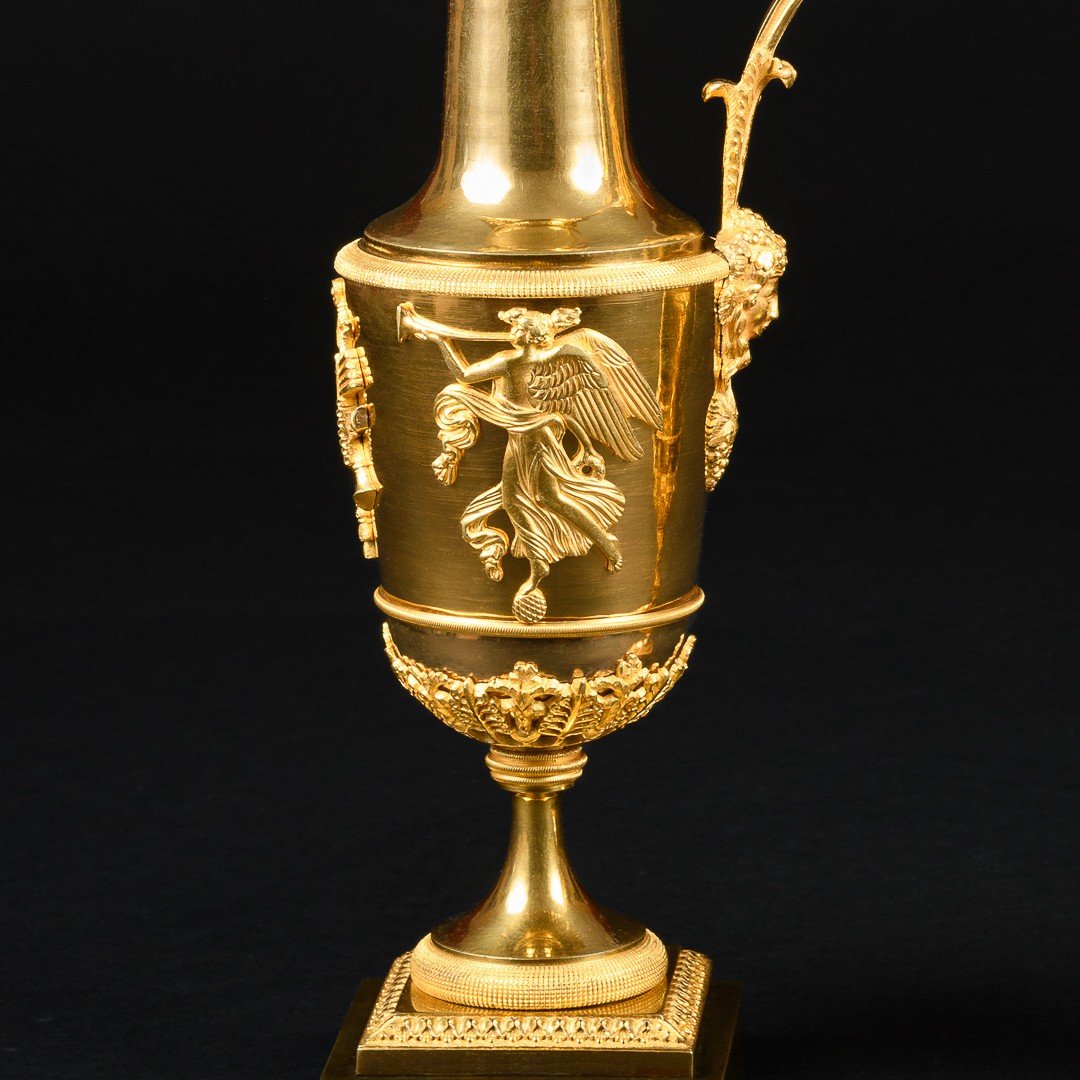

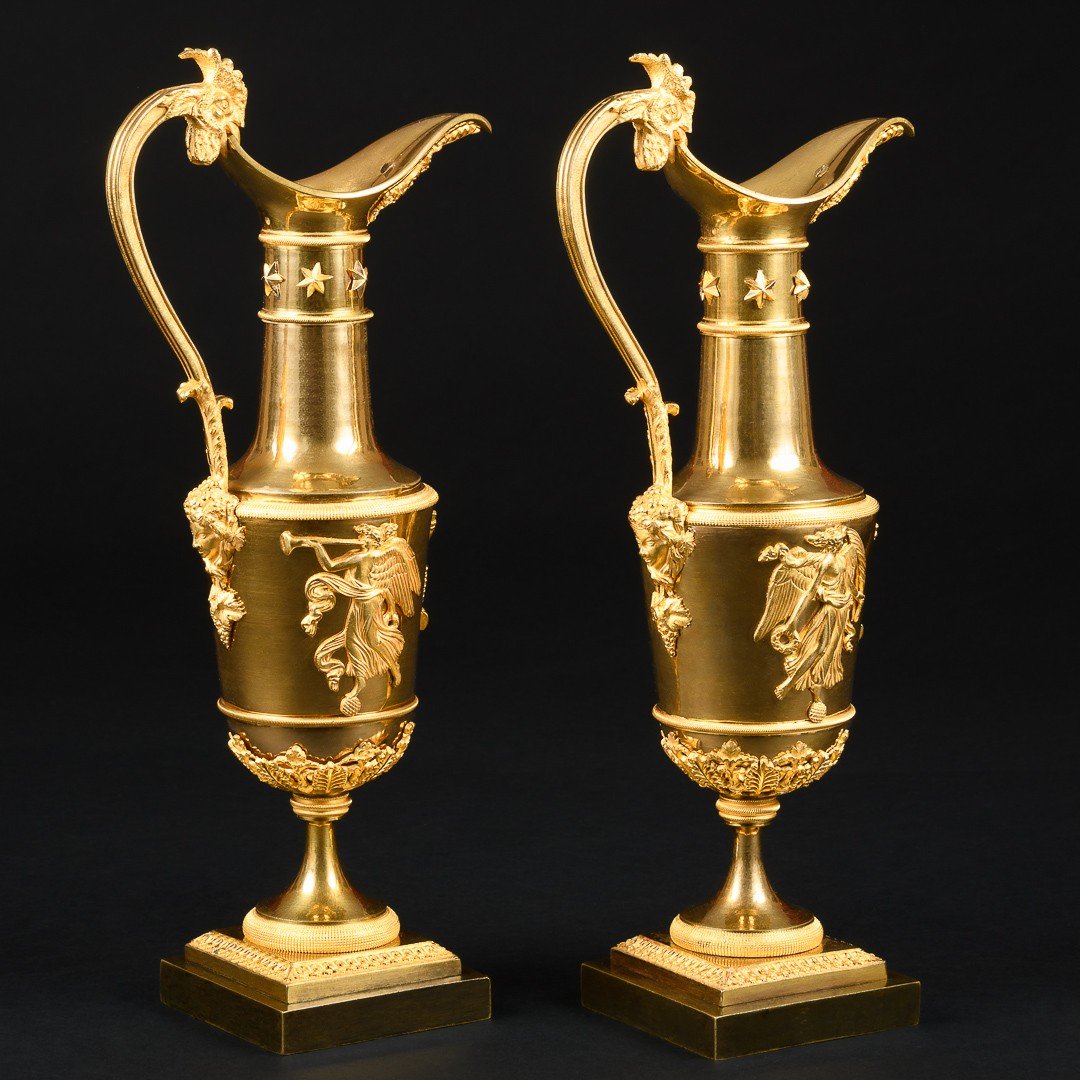
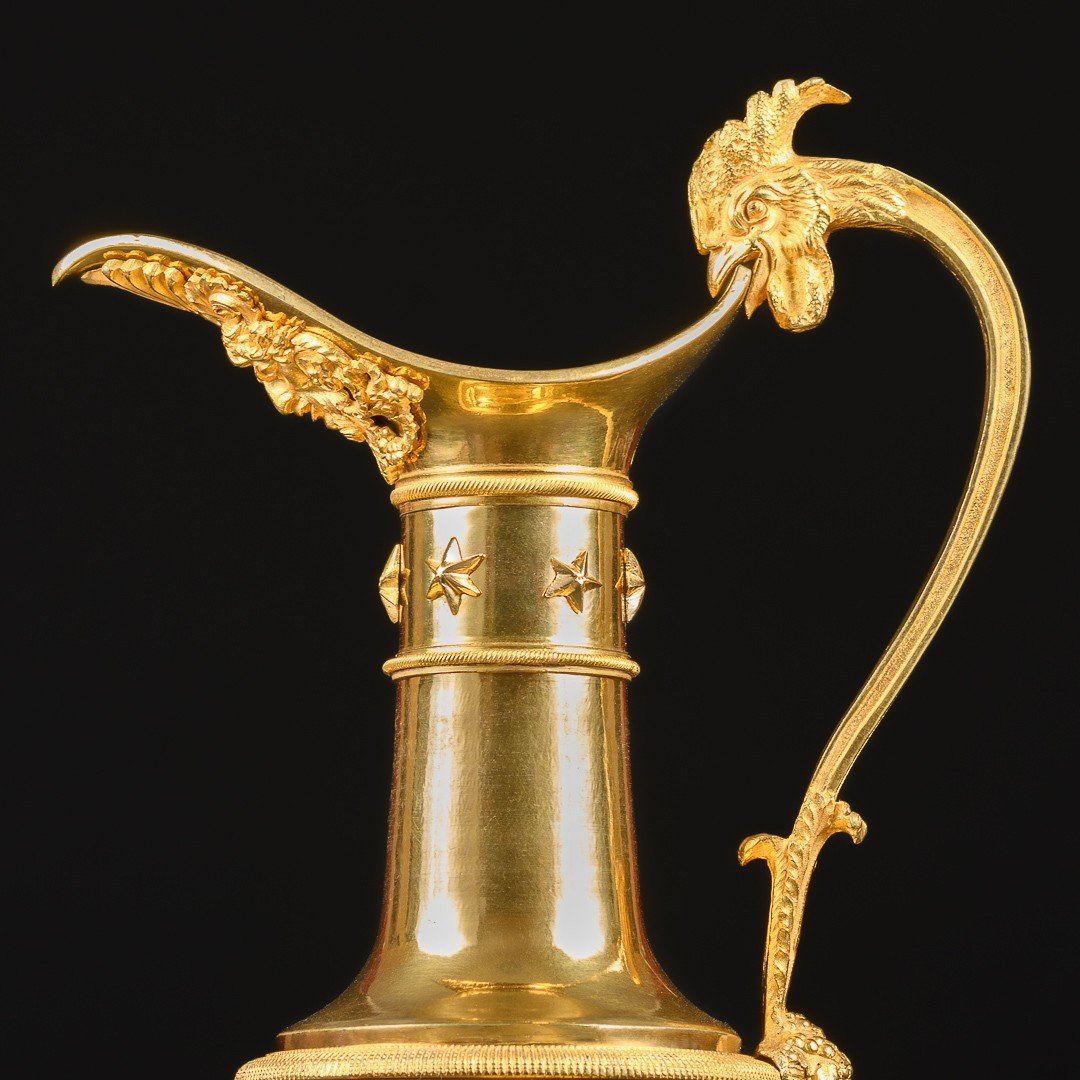
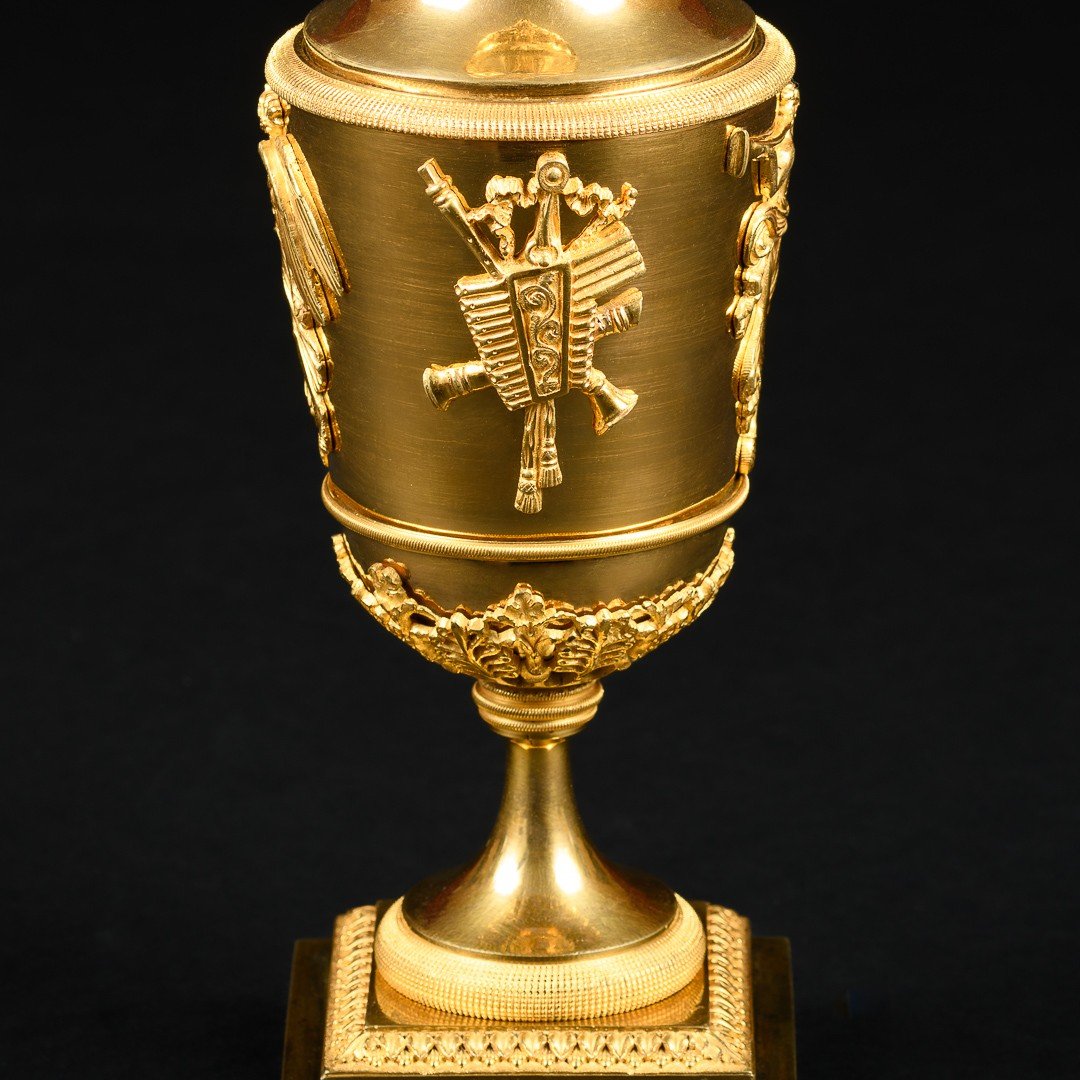







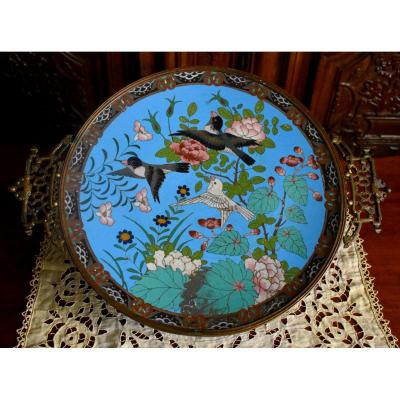
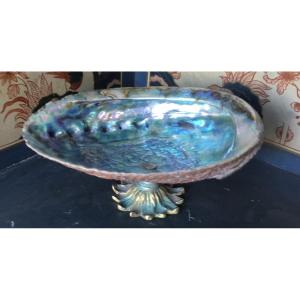
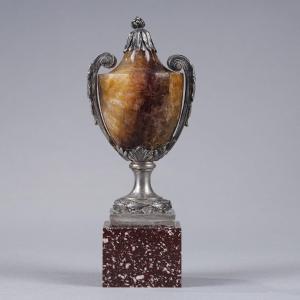



 Le Magazine de PROANTIC
Le Magazine de PROANTIC TRÉSORS Magazine
TRÉSORS Magazine Rivista Artiquariato
Rivista Artiquariato
